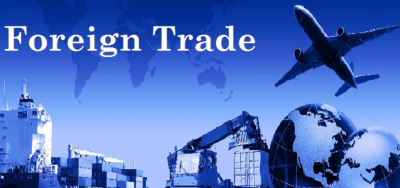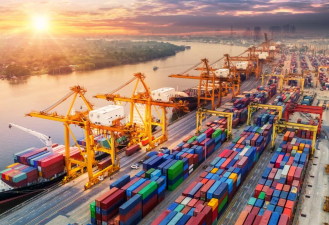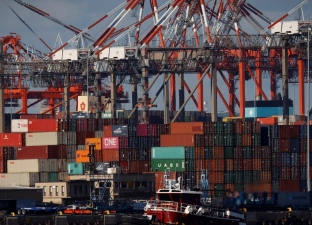Developing cross-border e-commerce can lower the barriers to international trade, enabling small and medium-sized enterprises to enter the global market. Furthermore, the professional services provided by cross-border e-commerce customs clearance service platforms can replace the roles of professionals in traditional trade, such as those involved in trade, finance, and foreign language studies, making previously complex international trade simpler and more transparent. Furthermore, the high profits from cross-border e-commerce also help promote the growth of small and medium-sized manufacturing and service companies. Small and medium-sized manufacturers can sell directly overseas through cross-border e-commerce, increasing their product profits from 5%-10% to 30%-40%.

Advantages of Cross-Border Trade
- Market Expansion:
For businesses, cross-border trade breaks down geographical restrictions, enabling them to reach consumers worldwide and significantly expand their market potential. A small business that previously sold only domestically can now sell its products worldwide through cross-border e-commerce platforms, generating more orders and profits.
- Optimizing Resource Allocation:
Cross-border trade promotes the optimal allocation of global resources. Different countries and regions possess varying resource advantages. Through cross-border trade, countries can leverage their comparative advantages, importing scarce resources and products and exporting products in which they have advantages.
- Improved Consumer Welfare:
Cross-border trade enables consumers to purchase high-quality goods from around the world, enriching their consumer choices and improving their quality of life. Consumers can purchase well-known international brands through cross-border e-commerce platforms without leaving home, often at better prices than in the domestic market.
Challenges Facing Cross-Border Trade
- Differences in Policies and Regulations:
Trade policies, tax policies, and customs regulations vary between countries and regions, creating numerous inconveniences for cross-border trade. Companies must understand and comply with the policies and regulations of each country; otherwise, they may face increased tariffs and cargo detentions.
- Logistics and Distribution Challenges:
Cross-border logistics involves multiple links, including international transportation, customs clearance, and domestic distribution. These processes are characterized by long logistics cycles, high costs, and the potential for cargo loss and damage. Logistics and distribution are particularly challenging in remote areas or countries with underdeveloped logistics infrastructure.
- Payment Security Risks:
Cross-border payments involve currency exchange and payment systems in different countries, posing risks such as exchange rate fluctuations and payment fraud. Businesses and consumers need to choose safe and reliable payment methods to ensure the security of their funds.

Future Trends in Cross-Border Trade
- Accelerated Digital Transformation:
With the continuous development of technologies such as artificial intelligence, big data, and blockchain, cross-border trade will become increasingly digital and intelligent. Businesses can leverage these technologies to achieve visual supply chain management, precision marketing, and intelligent customer service, improving trade efficiency and customer satisfaction.
- Green and Sustainable Development:
Amid the global advocacy of green environmental protection, cross-border trade will also develop in a green and sustainable direction. Businesses will place greater emphasis on product environmental standards and energy conservation and emission reduction in production processes, and consumers will be more inclined to purchase environmentally friendly products.
- Strengthened Regional Cooperation:
To combat trade protectionism and uncertainty, regional cooperation will become a key trend in cross-border trade. Countries will strengthen regional trade cooperation, reduce trade barriers, and promote regional economic integration.
Summary
As a commercial bridge connecting the world, cross-border trade presents tremendous opportunities for businesses and consumers, but also faces numerous challenges. In future development, only by continuous innovation and proactive response to challenges can we achieve greater success in the cross-border trade arena.







